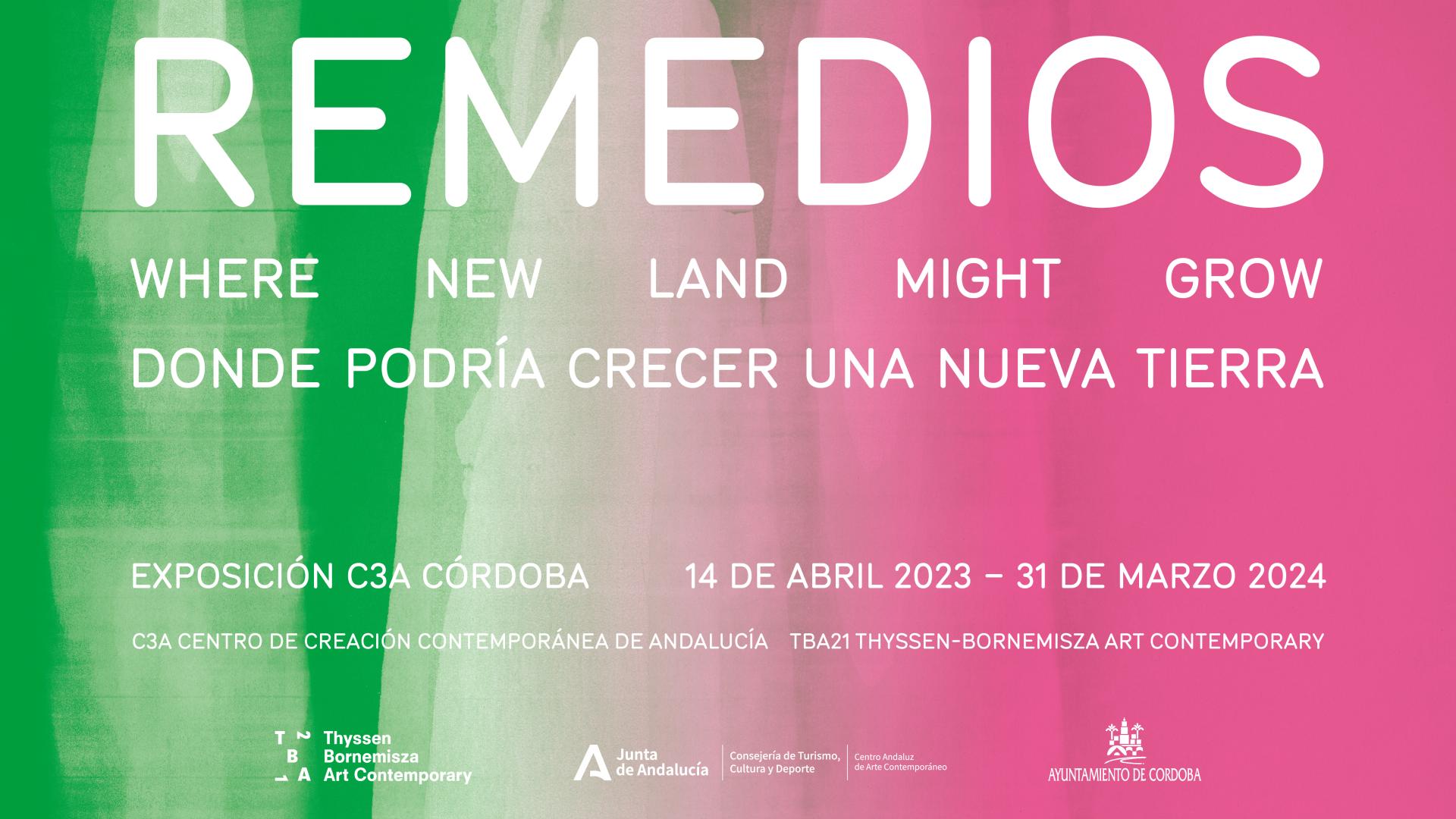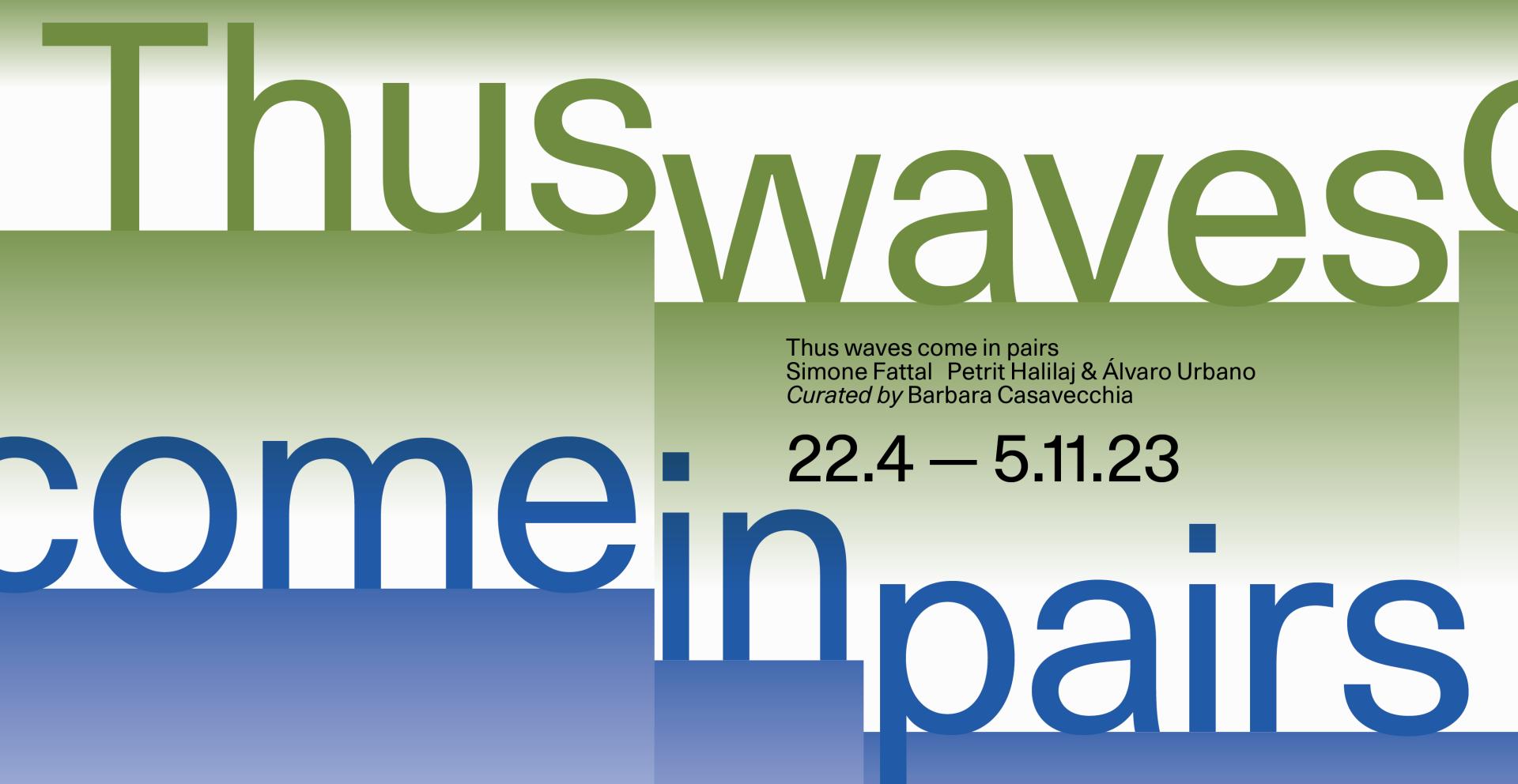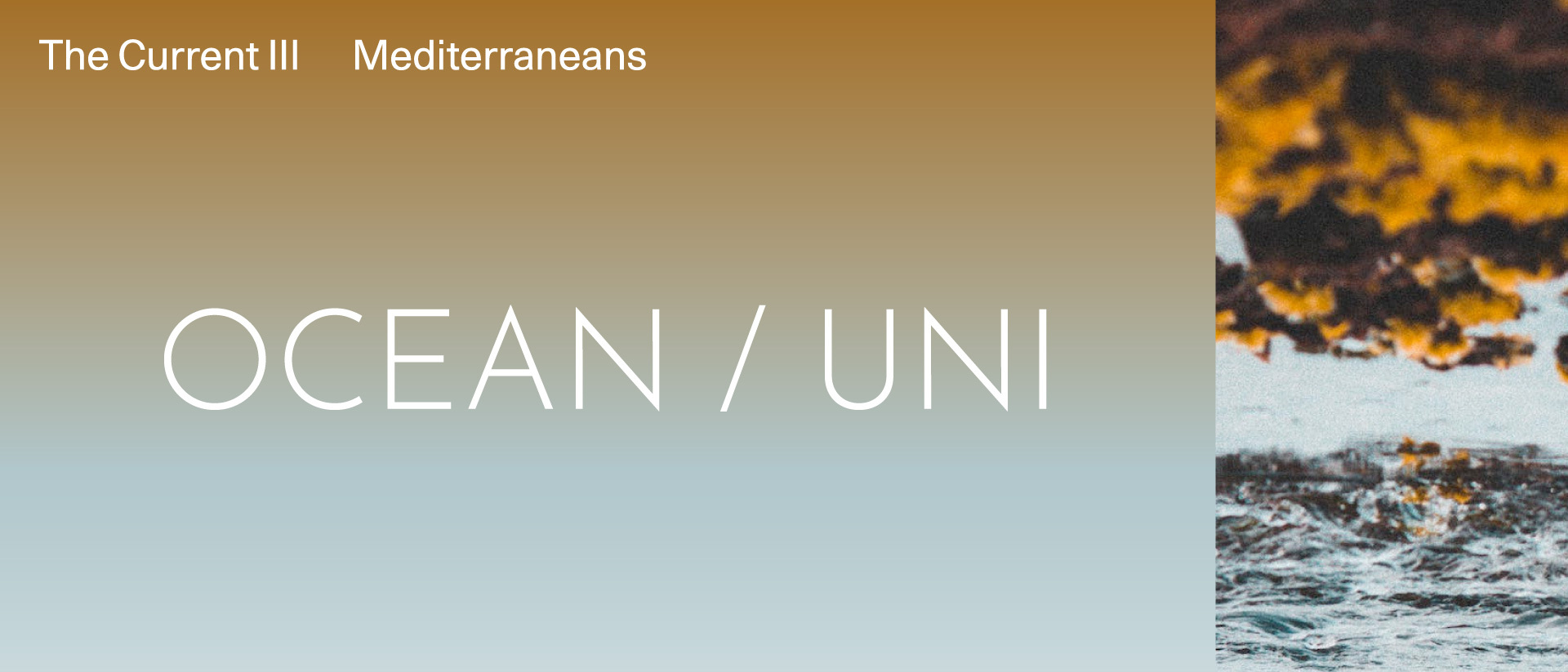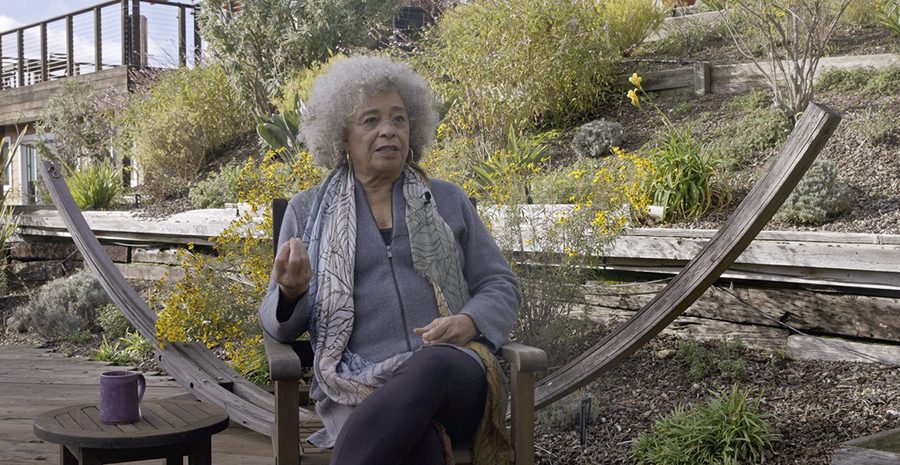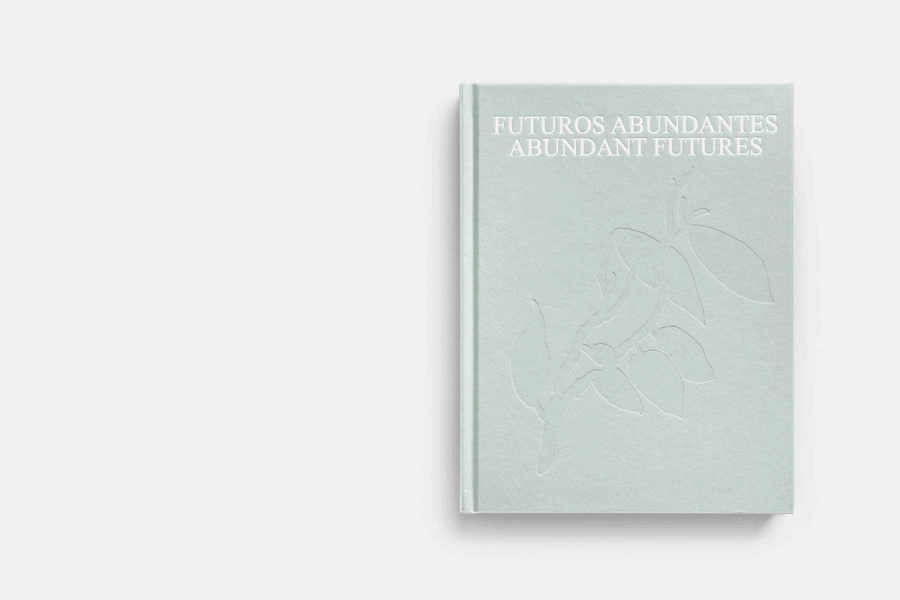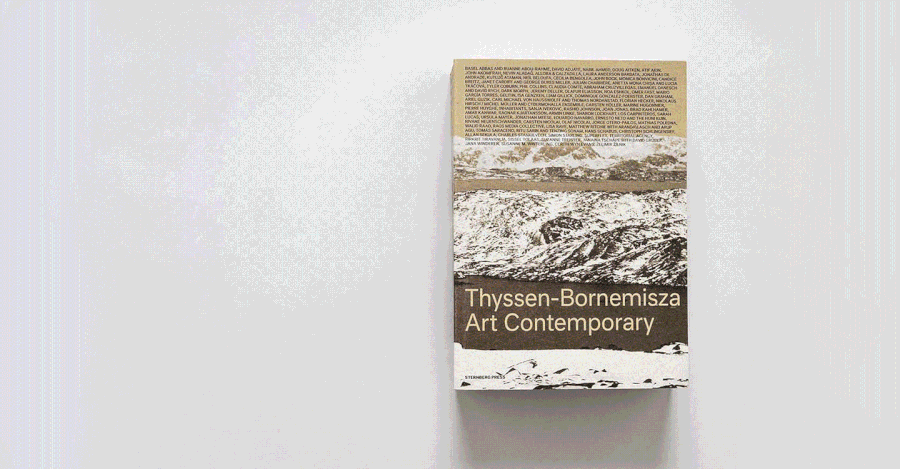Exposition, 2004
Simon Starling

Installation view: Simon Starling in collaboration with SUPERFLEX – Reprototypes, Triangulations and Road Tests, Thyssen-Bornemisza Art Contemporary, Vienna, 2012. Photo: Jens Ziehe

Installation view: Simon Starling in collaboration with SUPERFLEX – Reprototypes, Triangulations and Road Tests, Thyssen-Bornemisza Art Contemporary, Vienna, 2012. Photo: Jens Ziehe

Installation view: Simon Starling in collaboration with SUPERFLEX – Reprototypes, Triangulations and Road Tests, Thyssen-Bornemisza Art Contemporary, Vienna, 2012. Photo: Jens Ziehe

Installation view: Simon Starling in collaboration with SUPERFLEX – Reprototypes, Triangulations and Road Tests, Thyssen-Bornemisza Art Contemporary, Vienna, 2012. Photo: Jens Ziehe

Installation view: MAC|VAL, Paris, France, 2009. Photo: Marc Domage

Installation view: MAC|VAL, Paris, France, 2009. Photo: Marc Domage

Installation view: MAC|VAL, Paris, France, 2009. Photo: Marc Domage
Collection
Installation with four curved LSG glass panels, three lamps on tripods, table, fuel cell system, hydrogen sensor, hydrogen gas, perspex boxes, three platinum prints
210 x 179 x 1 cm (each glass panel)
8 x 8 x 95 cm (each lamp)
80 x 80 x 160 (table
87 x 104.7 x 4.6 (each print, framed)
Ca. 230 x 270 x 640 cm (overall dimensions)
Simon Starling's project Exposition proposes the juxtaposition of various historical events. The work collapses contemporary technology onto the developments of the Modernist era, specifically referencing the exhibition design by Lilly Reich made for the International Exposition that took place in Barcelona in 1929.
Exposition focuses on the precious platinum-group metals, which are present in the work in two very different manifestations. The first being in the form of three Platinium/Palladium prints, a commonly used photographic printing process from the 1860's until the 1920's. These luminous photographic images are direct copies of an image made in 1929 of Reich's designs for the German engineering exhibit, which showcased the most innovative work being done in the field of engineering at the time, in this case a model of a huge crane carrying four railway locomotives.
These photographs are illuminated by three spotlights, which are in turn powered by electricity generated by a portable fuel cell. It is at the heart of this potentially revolutionary power source that we also find platinum metals. Here they act as a catalyst for the reaction between hydrogen and oxygen, which results in the production of an electrical current and water.
The photographic images of the 1929 exhibition and the source of power that illuminates them are separated in Exposition by a gently curved, free-standing, smoked glass screen. This screen is directly appropriated from the designs made by Lilly Reich for Barcelona and acts here as a semi-translucent mirror or membrane, on whose distorted surface the other two parts of the exhibition are visually fused.
*1967 in Epsom, United Kingdom | Living and working in Copenhagen, Denmark
210 x 179 x 1 cm (each glass panel)
8 x 8 x 95 cm (each lamp)
80 x 80 x 160 (table
87 x 104.7 x 4.6 (each print, framed)
Ca. 230 x 270 x 640 cm (overall dimensions)
Simon Starling's project Exposition proposes the juxtaposition of various historical events. The work collapses contemporary technology onto the developments of the Modernist era, specifically referencing the exhibition design by Lilly Reich made for the International Exposition that took place in Barcelona in 1929.
Exposition focuses on the precious platinum-group metals, which are present in the work in two very different manifestations. The first being in the form of three Platinium/Palladium prints, a commonly used photographic printing process from the 1860's until the 1920's. These luminous photographic images are direct copies of an image made in 1929 of Reich's designs for the German engineering exhibit, which showcased the most innovative work being done in the field of engineering at the time, in this case a model of a huge crane carrying four railway locomotives.
These photographs are illuminated by three spotlights, which are in turn powered by electricity generated by a portable fuel cell. It is at the heart of this potentially revolutionary power source that we also find platinum metals. Here they act as a catalyst for the reaction between hydrogen and oxygen, which results in the production of an electrical current and water.
The photographic images of the 1929 exhibition and the source of power that illuminates them are separated in Exposition by a gently curved, free-standing, smoked glass screen. This screen is directly appropriated from the designs made by Lilly Reich for Barcelona and acts here as a semi-translucent mirror or membrane, on whose distorted surface the other two parts of the exhibition are visually fused.
*1967 in Epsom, United Kingdom | Living and working in Copenhagen, Denmark



